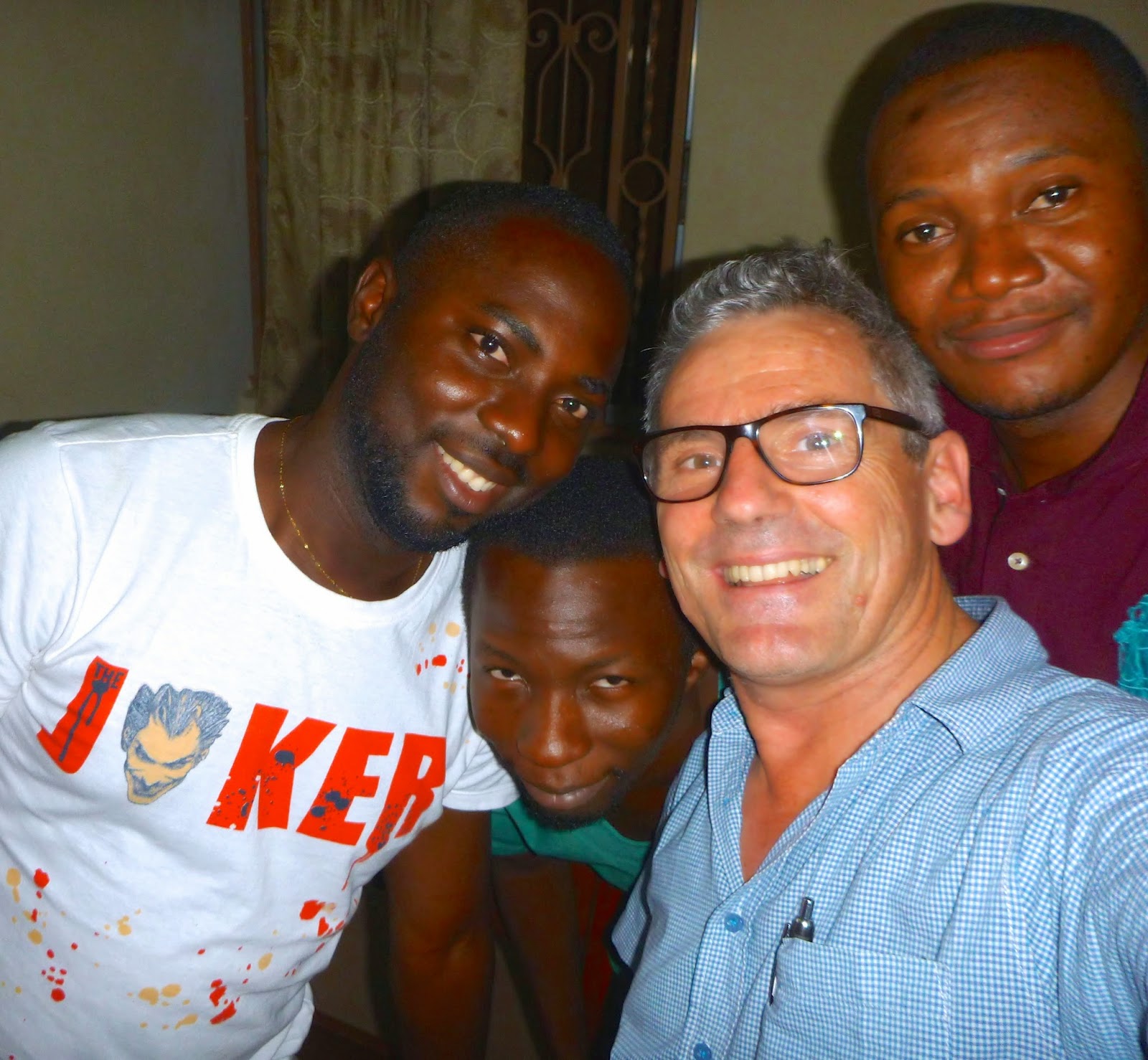 |
| Beqa to Vuda |
The wind was light at first, mainly because we were in the lee of Beqa, so it was an easy sail across the lagoon, though I was on constant anxious lookout for uncharted coral. At about 3.30 it was a huge relief to finally sail out of the lagoon into the pacific ocean, to feel a long low ocean swell rolling underneath and to have a moderate southerly breeze on the beam. It was predicted to strengthen and go to the southeast. In fact, the sailing in the ocean was fantastic for the first few hours but then the wind went further round behind and we developed quite a roll, heading west with the swells from the south. But it was still good to be on the ocean again.
 |
| Sunrise at Navula Pass |
For once my timing was reasonable and as the sky lightened we were indeed approaching Navula pass, and I sailed into Nadi waters as the sun came over the hills. The wind had been easing for several hours and then it died altogether. I decided to have my breakfast and tidy up the boat and have a rest rather than drop the sails and start motoring the 18 remaining miles to Vuda Point. We drifted about for an hour or so and then a light breeze returned, it slowly picked up, by 10 we were sailing nicely for Vuda Point, and shortly after 2pm I was alongside in the marina.
I had a shower and at the marina restaurant, one of my favourite Fijian dishes, raw fish in coconut cream with spring onion and various spices. I checked my email to find out what Customs and Revenues latest offer was : there had been no progress at all. I was amazed, and disappointed. I phoned a contact in the Health Department who was supposed to be pursuing Customs and Revenue about it - he was hoping to speak with a senior official in the morning.
So I phoned him again the next afternoon. Overnight I had decided that I had had enough of all this mucking around - if nobody had been able to see the value for Fiji in scrapping their punitive Levy so I could work for free, I would withdraw the offer. And so it proved to be: the officials were still refusing to make a decision - so I made mine, to save them the bother .
So now I would have to find something else to do to fill in the next six weeks. I could have been elated to have six weeks free to do whatever I liked, but instead I felt disappointment and sadness that I wouldn't be going back to the Hospital . I had enjoyed my time there and had been looking forward to going back.



















